Near Field Communication (NFC) is a revolutionary technology that simplifies transactions and data exchange between NFC-enabled devices. This short-range wireless technology enables seamless connectivity, quick data transfer, and efficient communication. With NFC, smartphones, tablets, wearables, and payment cards can easily connect and share information, making various tasks more convenient and secure.
NFC operates in three primary modes: reader/writer, peer-to-peer, and card emulation. In reader/writer mode, devices exchange data based on instructions from the reader/writer. Peer-to-peer mode allows direct information exchange between two devices without the need for a reader/writer. In card emulation mode, an NFC-enabled device can function as a payment card or virtual credit/debit card in different types of card readers.
By utilizing electromagnetic radio fields, NFC ensures secure and intentional communication between devices within a short distance of a few centimeters. This proximity-based communication guarantees the privacy and integrity of transactions, making NFC a reliable and trustworthy technology for various applications.
Stay tuned to learn more about the fascinating world of NFC technology and its incredible applications in the upcoming sections.
What Is Near-Field Communication (NFC)?
Near-Field Communication (NFC) is a short-range wireless connectivity technology that allows NFC-enabled devices to communicate with each other. It is widely used in mobile phones, tablets, wearables, and laptops. NFC technology originated in the payment-card industry and has now expanded to various industries worldwide. NFC enables quick and easy data transfer between devices, including content sharing, wireless connection establishment, device pairing, and more. The technology operates in three primary modes: reader/writer, peer-to-peer, and card emulation. NFC communication requires devices to be physically touching or within a few centimeters of each other for data transfer to take place. This ensures secure and intentional communication between the devices.
| Advantages of NFC | Disadvantages of NFC |
|---|---|
|
|
How Does Near-Field Communication Technology Work?
Near-Field Communication (NFC) technology operates by combining several crucial elements that enable seamless communication and data transmission between NFC-enabled devices. These elements include:
- An NFC microchip embedded within a device
- A reader/writer that scans and grants access to data
- An NFC software application installed on the device
- An information or communications service provider (ISP) overseeing device communications
NFC technology utilizes radio frequency identification (RFID) to transmit data through electromagnetic radio fields. By replacing RFID chips with microchips, NFC-enabled devices can store and encrypt information, offering enhanced security and functionality. NFC devices can operate in different modes, including:
- Reader/writer mode: In this mode, NFC-enabled devices interact and exchange data based on instructions from the reader/writer.
- Peer-to-peer mode: Two NFC-enabled devices can exchange information directly without the need for a reader/writer, allowing for efficient data transfer.
- Card emulation mode: In this mode, an NFC-enabled device can function as a payment card or virtual credit/debit card, enabling contactless transactions in card readers, magnetic-stripe readers, and contactless card readers.
NFC technology revolutionizes data transmission and device connectivity, making it an essential component in various industries and applications.
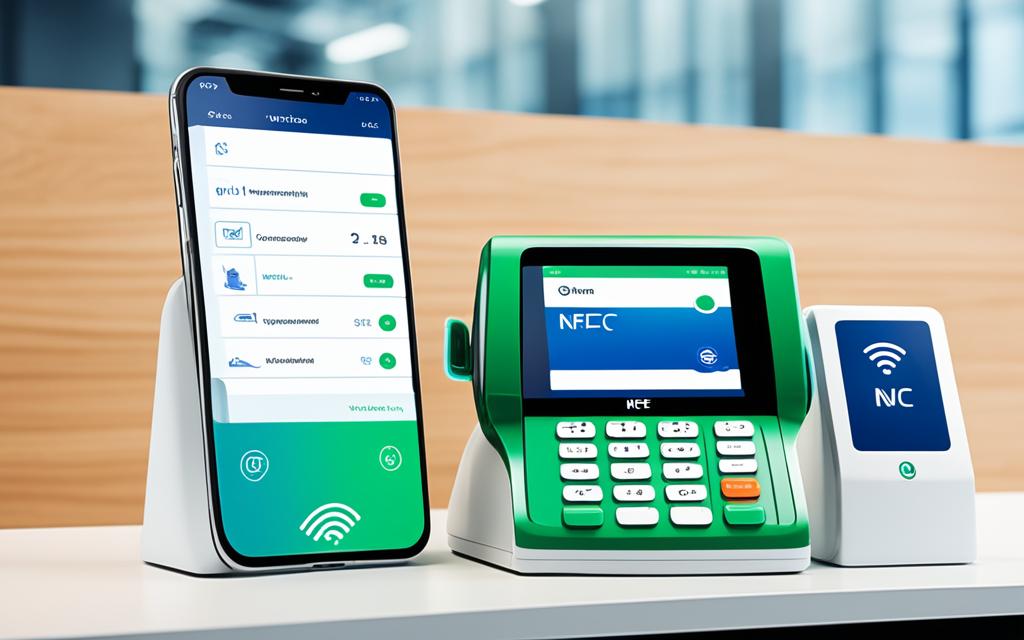
Benefits and Drawbacks of NFC
NFC technology provides a range of benefits that enhance user experiences and simplify everyday transactions. NFC-enabled devices offer convenience, security, sharing capabilities, and targeted advertising opportunities. Here are some key advantages of NFC:
Convenience
NFC-enabled devices enable users to replace physical cards or cash, streamlining the payment process and making transactions more convenient. With just a tap or wave, users can make purchases, access transportation services, and more.
Security
NFC technology uses encryption to ensure secure and private transactions. This protects sensitive information, such as credit card details, from unauthorized access. NFC also enables secure data transfer between devices, providing peace of mind for users.
Sharing Capabilities
NFC allows for easy sharing of content and money with friends and family. From sharing files, photos, and videos to splitting bills or sending money, NFC makes it simple and convenient to transfer data and funds between devices.
Targeted Advertising
NFC can be utilized by advertisers to deliver targeted ads to consumers. By leveraging NFC-enabled devices, marketers can provide personalized promotions, offers, and discounts based on user preferences and behavior. This enhances the effectiveness of advertising campaigns.
Despite its numerous benefits, NFC also has some drawbacks and potential risks that users should be aware of:
Power Constraints
NFC-enabled devices rely on battery power for operation. If the device runs out of power, transactions may be interrupted or fail. Users need to ensure their devices are adequately charged for uninterrupted NFC functionality.
Security Concerns
As with any wireless technology, NFC-enabled devices are vulnerable to hackers and cybercrime. Users should take precautions, such as using secure connections and regularly updating their device’s software, to minimize the risk of unauthorized access to their data.
Digital Pickpocketing
NFC-enabled smartphones are commonly used for payments, making them potential targets for digital pickpocketing. Attackers can intercept payment information through NFC technology. To mitigate this risk, users can employ protective measures like using NFC-blocking wallets or sleeves to safeguard their payment details.
While there are some drawbacks and security concerns associated with NFC, taking necessary precautions can help users enjoy its benefits while minimizing risks. By prioritizing device security, staying informed about potential vulnerabilities, and following best practices, users can leverage NFC technology to simplify their lives and enhance their digital experiences.
Conclusion
Near Field Communication (NFC) technology revolutionizes transactions and data exchange by providing quick and secure connectivity between NFC-enabled devices. With diverse applications across industries such as payment processing, transportation, and retail, NFC facilitates wireless communication and seamless data transfer between devices. This technology simplifies everyday tasks like making payments, sharing content, establishing connections, and device pairing, making them more convenient and efficient.
NFC offers numerous benefits, including convenience, security, and targeted advertising. NFC-enabled devices eliminate the need for physical cards or cash, providing a hassle-free way to make transactions. Robust encryption ensures the security and privacy of transactions, safeguarding sensitive information from unauthorized access. Additionally, NFC enables content and monetary sharing with friends and family. Advertisers can leverage NFC technology to deliver personalized and targeted ads to consumers, enhancing the overall user experience.
While NFC technology brings about significant advantages, it also faces certain limitations. Power constraints pose a challenge, as NFC-enabled devices rely on battery power for operations. Thus, the battery running out of power may interrupt or halt transactions. Furthermore, security concerns arise from the vulnerability of NFC-enabled devices to hackers and cybercrime. Digital pickpocketing is a potential threat, as attackers can intercept payment information when NFC-enabled smartphones are used for transactions.
Despite its limitations, NFC technology continues to evolve and expand, providing seamless and efficient interactions in various aspects of everyday life. As connectivity and wireless communication become increasingly vital, NFC remains at the forefront of simplifying transactions and data exchange while prioritizing convenience and security.
FAQ
What is Near Field Communication (NFC)?
Near Field Communication (NFC) is a short-range wireless technology that allows for quick and easy information transfer between NFC-enabled devices. It enables connectivity between smartphones, tablets, wearables, payment cards, and other devices.
How does NFC technology work?
NFC technology works by using electromagnetic radio fields to transmit data between devices within a short distance, typically a few centimeters. It operates in three primary modes: reader/writer, peer-to-peer, and card emulation.
What are the benefits of NFC?
NFC offers several benefits, including convenience, security, sharing capabilities, and targeted advertising. It allows for easy transactions, secure data transfer, content sharing, and personalized advertisements.
What are the drawbacks of NFC?
Some drawbacks of NFC include power constraints and security concerns. NFC-enabled devices rely on battery power and may interrupt or fail transactions if the device runs out of power. There are also vulnerabilities to hackers and cybercrime, as well as the risk of digital pickpocketing.
What are the applications of NFC technology?
NFC technology has various applications in industries such as payment processing, transportation, and retail. It simplifies tasks such as making payments, sharing content, establishing connections, and pairing devices.

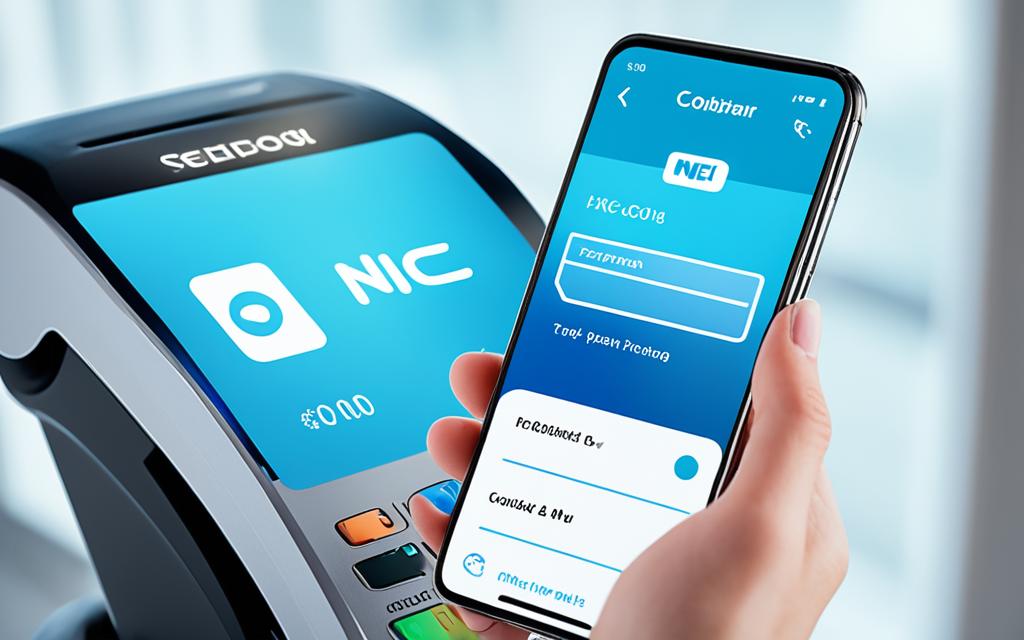




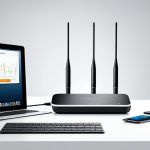

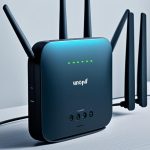







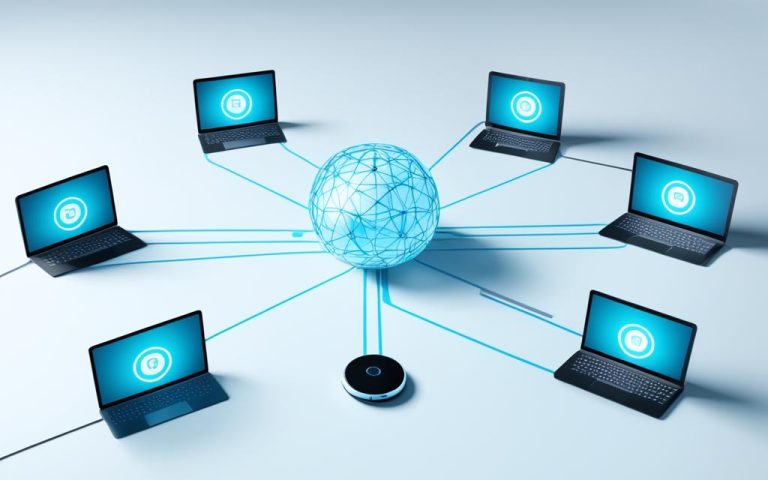

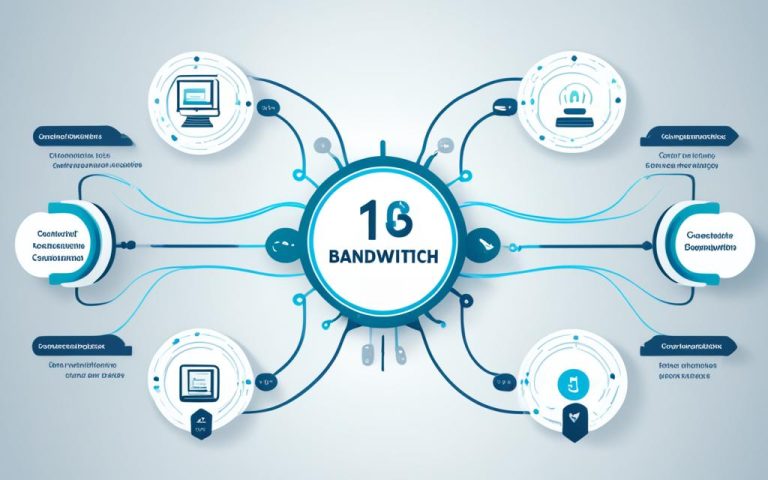
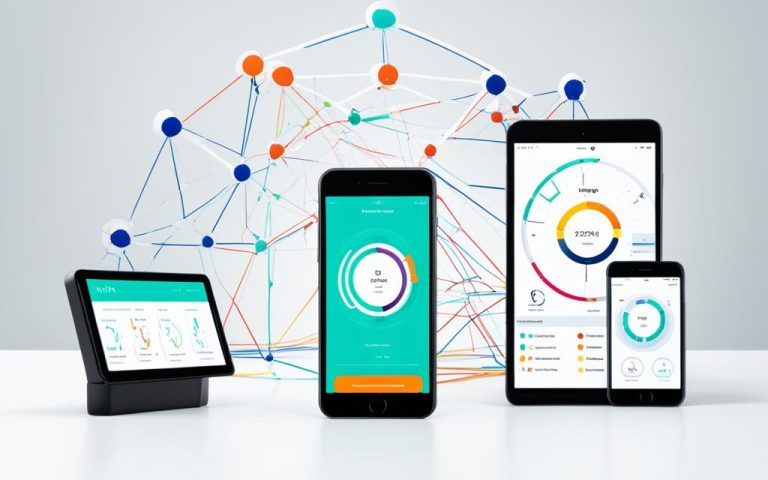
One Comment